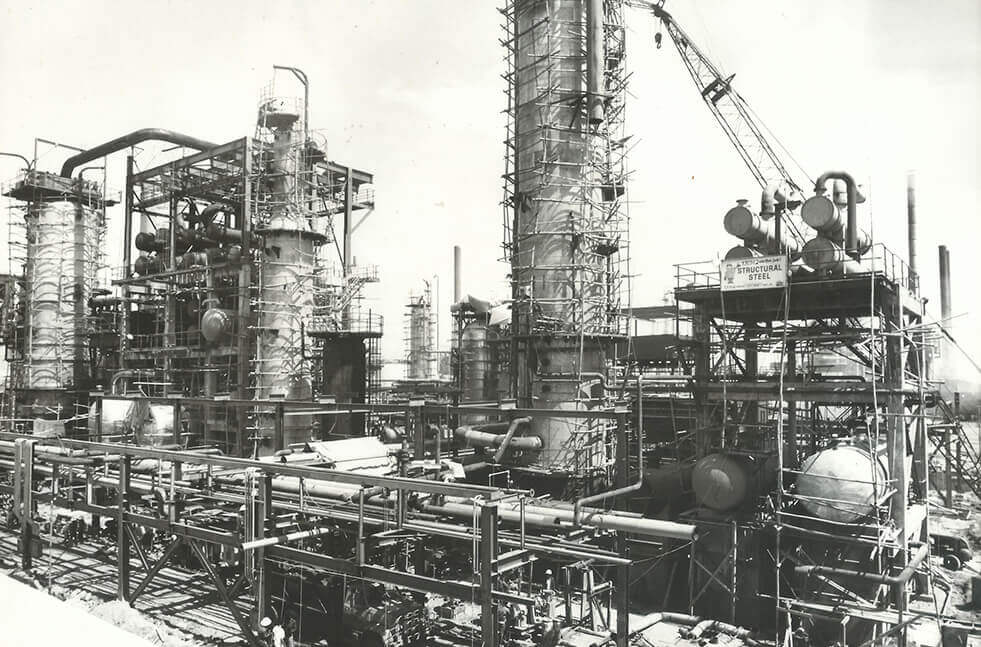Petron Bataan refinery closure: What you should know in 500 words
- December 14, 2020
- 0

The announcement of the closure of Petron’s refinery in Limay, Bataan at the start of 2021 has sent shockwaves throughout the oil industry.
To understand why this is a big deal, here are some things we’ll need to know, starting with some history.
In 1957, Petron — then called Stanvac — built the refinery in response to the country’s growing oil needs. Completed in 1961, it was Southeast Asia’s most modern refinery back then with a refining capacity of 25,000 barrels per day (bpd). It later became the Philippines’ largest refinery with a capacity of 180,000 bpd, currently supplying 40% of the country’s fuel needs.
A few years before the construction, though — or in 1954 — Caltex, formerly the Philippines’ third-largest oil firm, opened the country’s first-ever refinery in San Pascual, Batangas. Shell, the country’s second biggest oil company, would then open its own refinery in neighboring Batangas City in the 1990s.
The Philippines has been largely dependent on imports for its fuel needs.
Fast forward to 2020, Petron and other oil firms were hit by the COVID-19 pandemic. But what hurt the oil giant even more, according to its President and CEO Ramon Ang, are its taxation issues stemming from the controversial Tax Reform for Acceleration and Inclusion (TRAIN) law.
Under TRAIN, an additional excise tax of Php6/liter is being imposed this year coming from Php4.50/liter in 2019 and Php2.50/liter in 2018.
TRAIN also raised excise tax for unleaded gasoline to Php10/liter in 2020 from Php9/liter in 2019, and Php7/liter in 2018.
Given this tax scheme, Ang said it is more viable to import crude oil since importers are taxed only when their products exit their depots or terminals. Meanwhile, excise taxes are imposed on refiners upon arrival of their crude and raw materials and on the finished product.
Ang, who believes Petron should also be granted the same privilege given to every importer in the country, has asked the government to consider the oil giant’s position, but it appears to have fallen on deaf ears.
Finance Sec. Carlos Dominguez insisted Petron’s woes were rather a supply chain issue, adding that other petroleum companies abroad have walked away from the refinery business.
Citing long-term business viability plans, Shell already closed its refinery last August and is converting it into an import facility. Before that, Caltex did the same in 2003.
Global ratings firm Fitch has warned that local oil prices would be more vulnerable to global oil price swings and increased inflation following the closure of Shell’s refinery. So, imagine that now with Petron’s exit.
Senate energy committee chairman Sherwin Gatchalian asked Petron to reconsider its plans given that some 3,500 workers directly and indirectly hired by the oil giant face job losses amid the COVID-19 pandemic, which has already caused massive unemployment.
Consumer advocate group Laban Konsyumer has also asked the government to take over the facility also in a bid to prevent job cuts.
Following the announcement of the closure, several workers have asked the municipal government of Limay to reclassify the refinery as part of the Freeport Area of Bataan, which enjoys tax incentives.
Photo of Bataan Refinery (1961) from Petron website.